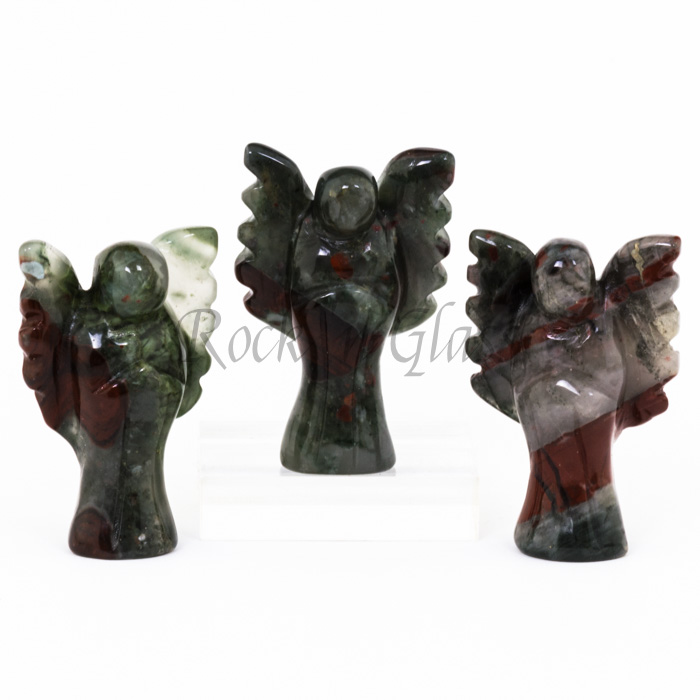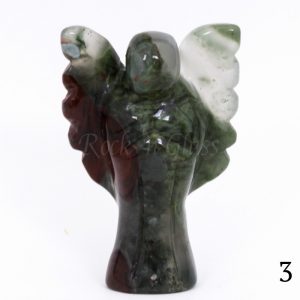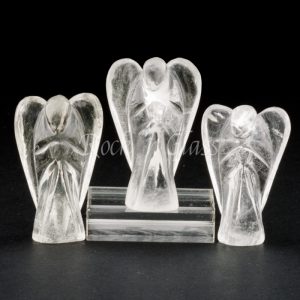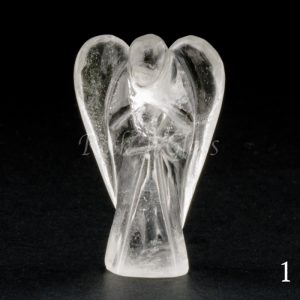African Bloodstone (Fancy) Angels
$15.00
SIZE: 1.5″
AFRICAN BLOODSTONE ANGEL
Bloodstone is an essential healing tool that evokes strength and courage. It heals, restores, and rebuilds mind, body, and spirit with its powerful vibrations. Throughout the Middle Ages, African Bloodstone was considered a talisman of sacred power. There was a belief that is was derived of the Blood of Jesus Christ as it dripped from his place on the cross to the ground below. It boosts the innate healing power every person carries inside. It builds confidence and strength. It was worn as an amulet by ancient Greek and Roman athletes when competing. It helps us overcome challenges and grounds us at the same time.
A Bloodstone angel is a powerful combination for those who need a centering boost to focus healing energy on specific physical problems. The angel as a messenger and guide combined with the healing power of African Bloodstone can work to enhance a healer’s ability to discover the source of physical problems and assert healing energy to correct those problems. This would be a good combination for anyone in the healing profession, especially those who seek to understand out of the ordinary physical ailments. It would also be a helpful combination for athletes seeking to strengthen their physical stamina and prowess or to recover from injuries.
Price is for 1 piece. Multiple pieces are shown to demonstrate how no two are alike, differing in both size & shape.

































Reviews
There are no reviews yet.